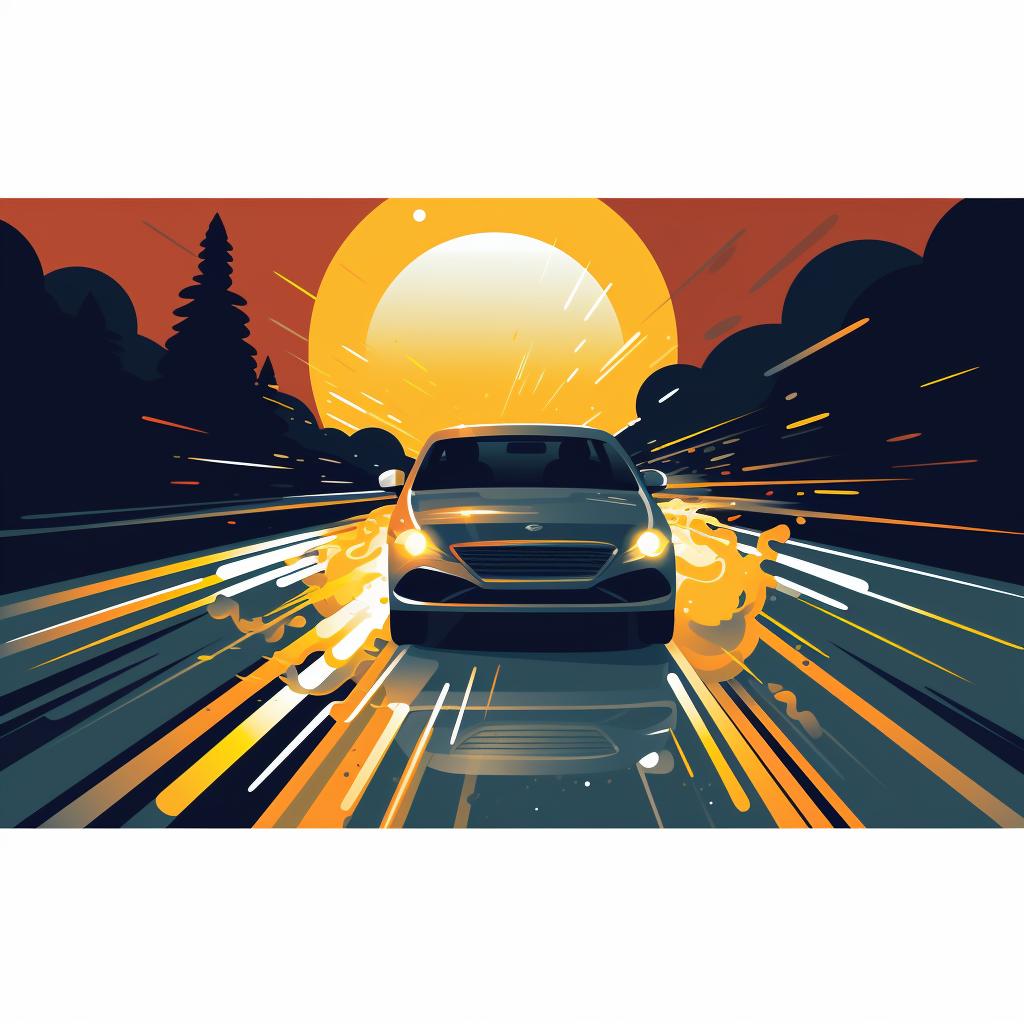Martin Gearson is a seasoned automotive specialist with over two decades of comprehensive experience in the car industry. His diverse roles as a driving instructor, mechanic, and safety consultant have provided him with an exceptional understanding of driving safety in its entirety.
Driving safely in poor weather conditions can be challenging, but with the right know-how and preparation, you can ensure your safety and that of others on the road. Here are some key tips to help you navigate through adverse conditions.
How's the Weather? Get the Lowdown Before You Go Down the Road 🌦️
Before you step into your car, understand the weather conditions you'll be driving in. This will help you prepare both mentally and physically, and take necessary precautions.
Impact of Different Weather Conditions on Driving Safety
Is Your Car Ready for a Weather Challenge? 🚗⚙️
Proper vehicle maintenance is crucial in bad weather. Ensure your tires, brakes, lights, windscreen wipers, and defrosting and heating equipment are in good working condition.
Here's a handy checklist to ensure your vehicle is ready to face the bad weather:
Once you've completed these checks, you're ready to adjust your driving style for the weather conditions.
Time to Switch Gears: Modifying Your Driving Style for Bad Weather 🌧️🚘
Bad weather demands a change in your driving style. You'll need to drive slower than usual, maintain more distance from the vehicle in front, and avoid sudden braking or steering.
Let's now delve into the specifics of how you can adjust your driving style for bad weather. Here's a step-by-step guide:
Learn more about Mastering Bad Weather Driving: A Step-by-Step Guide 🌧️ or discover other Driver Pals guides.
After adjusting your driving style, it's crucial to maintain a calm and focused demeanor. Let's explore that next.
Keep Your Cool: Staying Zen Behind the Wheel in Bad Weather 😌
Bad weather can make driving stressful. It's important to stay calm, focused, and patient. Avoid distractions, keep your emotions in check, and always be ready to react to sudden changes in the road or weather conditions.
Be Prepared: What to Pack for Your Bad Weather Drive 🎒🔦
Always carry essential equipment like a flashlight, jumper cables, tow rope, warm clothing, food and water, and a first-aid kit when driving in bad weather.
Always carry essential equipment like a flashlight, jumper cables, tow rope, warm clothing, food and water, and a first-aid kit when driving in bad weather. One highly recommended product that can help you stay prepared for emergencies is the
It is a SINSEN Car Safety Hammer Flashlight, Tactical Emergency Rescue Tool. This multi-function tool features an LED high lumens rechargeable solar-powered flashlight, a window glass breaker, and a seatbelt cutter. It is designed to provide self-defense and can be a valuable addition to your car emergency kit.
When to Hit the Brakes: Knowing When It's Too Risky to Drive 🛑
Sometimes, the safest thing to do in severe weather conditions is to stop driving. If visibility is too poor or the roads are too slippery, find a safe place to park your car and wait for conditions to improve.
Remember, safety should always be your top priority when driving, especially in poor weather conditions. For more safe driving tips, check out our other FAQs like how to become a safer driver or good tips for safe driving.
Let's now address some common questions you might have about driving in bad weather.
Remember, driving in bad weather doesn't have to be a daunting task. With the right preparation and mindset, you can navigate through the storm safely.
Driving in bad weather doesn't have to be a daunting task. With the right preparation and mindset, you can navigate through any weather condition safely and efficiently.










![GOODYEAR [4 GAUGE – TRANSFERS HIGHER VOLTAGE THAN 6, 8, 10 or 12 GAUGE] Heavy Duty Jumper Cables with PVC CASE, 16 feet Long, Emergency Roadside Assistance, Works in EVERY WEATHER](https://m.media-amazon.com/images/I/81tryeMXaYL._AC_SX444_SY639_QL65_.jpg)






























